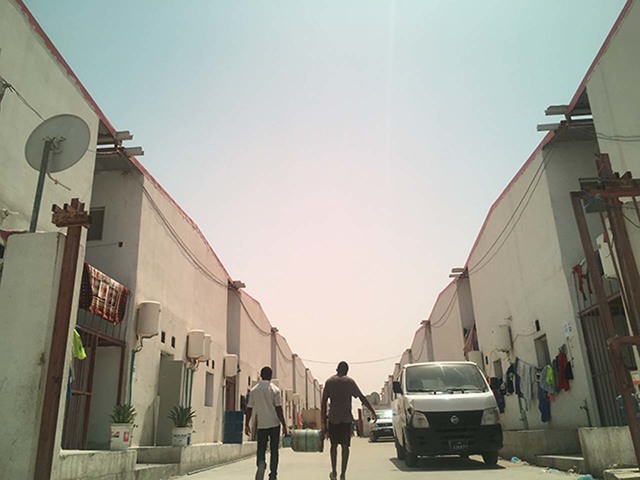
DOHA, Qatar – What happens when a country with close to zero football stadiums wins the bid to host the biggest and most anticipated football event in the world?
You build everything from scratch. Or in the case of Qatar, you build everything up from sand.
In 2010, Qatar won the bid to host the 2022 FIFA World Cup, beating other countries like Australia and the United States.
The award was a monumental and controversial one. It would be the first time an Arab country would host the global sports event, and allegations of corruption and bribery had filled the news and sports pages. Questions and innuendoes about the suitability of Qatar as a host country were raised. Some alluded to its hot climate, while many others pointed to its track record of labor rights abuses.
The small desert state on the fringes of the Persian Gulf had roughly over a decade to prepare for the games and assemble the interlocking urban infrastructure and transport logistics that would accommodate the millions of pumped-up football fans.
Money was not an issue. Being the world’s largest producer of liquefied natural gas (LNG) made it easy for Qatar to plop down $200 billion to build the necessary stadiums, hotels, expressways, and metro rail system for its expected guests – and build it in record time.
The job order has triggered an epic construction boom. As of early 2017, the Qatari government was reportedly spending $500 million a week on World Cup projects.
“We don’t want to be in a place where we are still painting while people are coming to the country,” Qatar Finance Minister Ali Shareef Al-Emadi explained to visiting journalists on a government-sponsored press trip to the country in February.
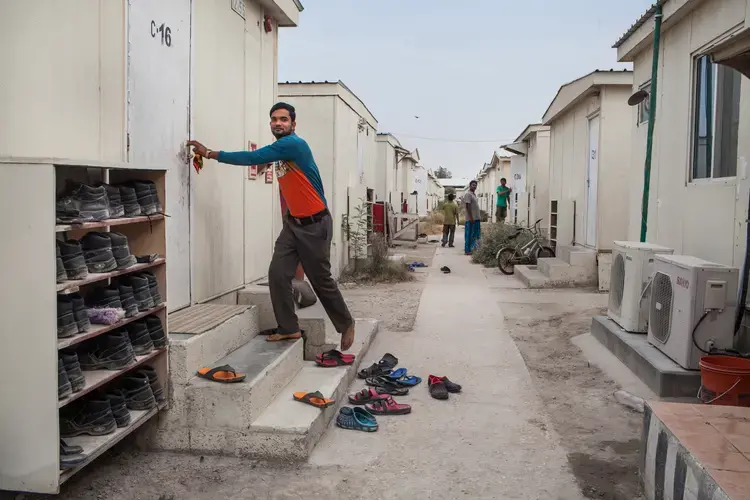
With Qatar’s local population estimated at 300,000, the country has always depended on guest laborers from mostly South Asian and Southeast Asian countries to meet its labor needs and to power its construction workforce. About 90% of the country’s total population are labor migrants.
Even before the FIFA world cup awarding, the kafala sponsorship system associated Qatar with labor abuse. There were reports of low wages that were often delayed or unpaid, deplorable living conditions with workers crammed into tiny rooms, and long hours working in the oven-like heat of the brutal desert sun. The horrid labor conditions were likened to slavery.
“The 2022 World Cup has magnified the issue of migrant worker exploitation in the Gulf, but the problem was already well documented before. The major infrastructure boom proposed in Qatar’s bid would be reliant on migrant workers and FIFA should have known and planned for the high risk of abuse connected to its flagship tournament,” said Fabien Goa, Refugee and Migrant Rights Officer at Amnesty International (AI).
Cowboy capitalism
I visited a labor camp during my reporting trip in May to see what the living conditions were like for some of the country’s construction workers.
The one I went to was only about 15 kilometers away from the Doha City Center but it could no longer be located on GPS. The road signs dwindled and gradually disappeared until we were left with nothing but desert with only a wide black line that was the highway running through it.
To navigate through this vast terrain of sand where everything looked the same, I took the old-fashioned route with the Filipino worker I was set to meet: I called him and he gave my driver turn-by-turn directions until we reached the labor camp.
When I finally got there, Joseph* was already waiting at the corner tire shop. He jumped into the car and the first thing he did was to lay down the rules. Under no circumstances was I to get out of the car.
“Women are forbidden here. There are plainclothes police everywhere watching. They could apprehend you and arrest you. They may also arrest us,” he said. It was both an ardent plea and a stern order.
Once he had my assurance, Joseph called in his two other colleagues, Aditya* and Ayush*. The men agreed to speak to me only if their names were changed.
The 4 of us, plus my driver, squeezed into the car for our interview. All of them were working for a construction company building a luxury condominium, one of the 140 properties that the Qatari government had committed to build in time for the 2022 games. At the time of our meeting, the workers had not been paid for about 5 months.
“We can’t send money to our families back home. We barely have enough money to cover our own needs,” said Aditya, a 33-year-old Nepalese worker. In 2011, Aditya paid a broker in Nepal the equivalent of $800 to get him to Qatar. He makes $218 to $245 a month working as an office errand boy but has not received a salary in months.
To survive, his wife has had to borrow money to support their two children – a 9-year-old girl and a 5-month-old baby boy.
“We owe so much money to the hotel,” said Ayush, 25, who is from India. In the labor camp, “hotels” refer to the small food stalls around the camp. Ayush has a 9-year-old child and makes about $435 working as an electrician.
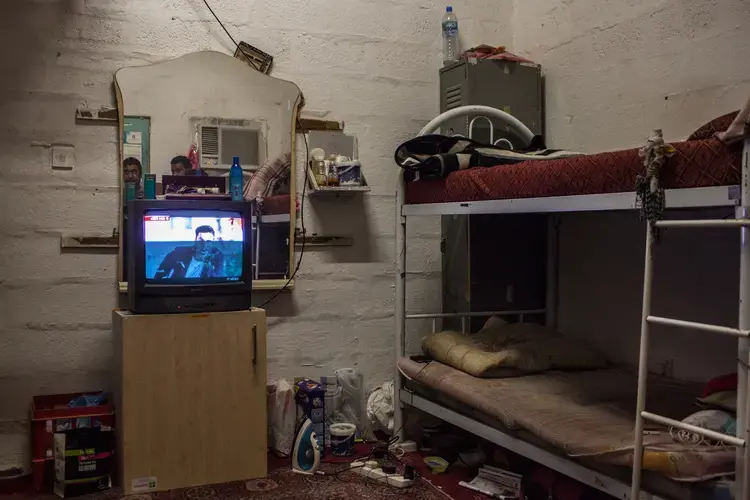
Joseph, 33, had only been with the company for over a year. It was his first time to go abroad and it was proving to be a traumatic experience for him. He spoke of other losses – emotional ones which are not as easy to quantify but just as painful to bear.
“Qatar made me single,” said Joseph. The distance and time apart strained his marriage. De facto separation came later when he could no longer send home money. His wife believed that he had squandered the money womanizing. “I don’t have enough money to get a taxi to take me to the mall, where would I get money to spend on a girlfriend?”
The men had raised complaints to their embassies, to the labor ministry, and to their company. They had staged “no work protests” inside construction sites. “When we tell each other no mafi (no work), that means we will go to the site but we will not work. We will just sit around and do nothing,” said Joseph.
Qatari laws prohibit public assemblies and protests and their on-site protests are a calculated act of defiance.
I asked the most obvious question: Why can’t their company pay them?
Joseph replied by enumerating the subcontracting hierarchy where the main developer or principal contractor of a construction project subcontracts various companies that specialize in different aspects of construction. These subcontractors, in turn, contract supply agencies that provide manpower by the bulk.
As Joseph explained it, in the supply chain totem pole, their employer is notches below the main project developer, the top guns who control the purse strings.
Subcontracting is a common practice in the construction industry. Erecting a building is done in phases that require specialized skill at each phase, like plumbing or electrical, and mechanical wiring.
In a highly unregulated labor market, subcontracting allows tiers of worker exploitation. Liability is passed around from subcontractor to developer to supply agency. Throw in the kafala sponsorship system and you have developers operating with impunity, and workers who are at the bottom of the subcontracting labor chain suffering the most.
Subcontracting
According to UK-based NGO Engineers Against Poverty, it is normal practice in Qatar for principal contractors to pay subcontractors only when they are paid by their clients. The practice is often referred to as "pay when paid."
According to an Engineers Against Poverty 2014 report, “Most subcontractors don’t have access to working capital and cannot pay their workers until they themselves get paid.”
Noel Tolentino, programme officer of Migrante International, said they have received over 100 complaints of delayed and unpaid wages leveled against the company that Joseph and his colleagues work for. “That’s just one company. There are many more construction companies in Qatar and the complaints are usually all the same.”
Like most of the Gulf states, Qatar operates under the kafala sponsorship system. Workers are prevented from leaving or changing jobs without the permission of the employer. If a worker stops going to work to escape an abusive work environment, the employer can charge him with absconding. The worker’s status then becomes undocumented and he runs the risk of arrest and deportation.
“This is a clear example of how workers are trapped by their employers,” said Nicholas McGeehan of Human Rights Watch (HRW) when we discussed the case of the 3 men. “These are all hallmarks of an unregulated labor system where under the kafala system, employers have so much control over their workers. Workers have little recourse to seek justice. It is cowboy capitalism.”
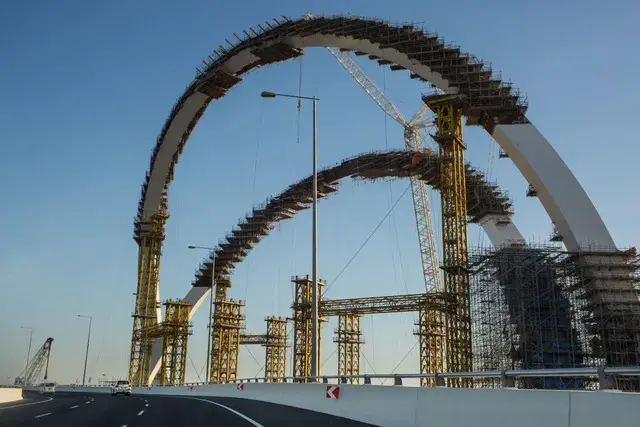
To-build list
According to the FIFA Bid Evaluation Report, to comply with FIFA standards for host countries, Qatar’s “to-build list” includes constructing 9 football stadiums and renovating 3 existing ones, constructing some 140 properties, including a cruise ship project to meet the required minimum of 60,000 rooms, and building a railway system to transport fans to move around the 7 cities hosting matches, among others.
The Qatari government estimated that it would spend $200 billion on World Cup preparations. A comparison made by Time magazine showed this was 286 times more per capita than what Russia spent on the Sochi games, which was labeled as the most expensive Olympics ever, and 1,852 times more per capita than what South Africa spent to host the World Cup in 2010.
Data shows that the population of Qatar has increased by a million people in just the past decade, driven by the hoards of guest workers moving into the country. AI estimates that about 20 people are added to the population every hour.
The government has been struggling to cope with the surge in the migrant population who are mostly men from India, Nepal, and the Philippines.
In 2013, as construction on the FIFA 2022 stadiums began, AI released a report that documented a list of abuses against migrant workers – non-payment of wages, dangerous working conditions, and sub-standard living accommodations.
“Researchers also met dozens of construction workers who were prevented from leaving the country for many months by their employers – leaving them trapped in Qatar with no way out,” read the AI report.
The Qatari government, under pressure from the international community, has tried to institute labor reforms like the 2014 Wage Protection System – an electronic salary transfer to monitor delayed or withheld wages. Labor rights groups consider these reforms to be a band-aid solution that addresses the symptoms of an oppressive labor system rather than its causes.
“All of our research points to the kafala sponsorship system being the driver of migrant worker exploitation and forced labor,” said AI’s Goa.
Despite promises of more substantial reform, a new sponsorship law passed in December 2016 fell short of the changes needed to end routine exploitation of migrant workers. Despite some small improvements, the harshest elements of the sponsorship system were retained, like the exit permit system requiring workers to secure their employer’s permission to leave the country.
Sudden death
Publications like The Guardian and the Washington Post, and labor rights groups have also raised the alarm over the number of deaths among construction workers.
In 2014, The Guardian reported that 400 Nepalese workers died in building sites and one migrant worker died every two days.
The numbers have been contested by the Qatari government and even some of the embassies of labor-sending countries.
A report put together by international law firm DLA Piper, using numbers reported by the Qatar Supreme Council of Health, revealed the majority of the deaths were classified as “sudden death”, mostly due to cardiac arrest.
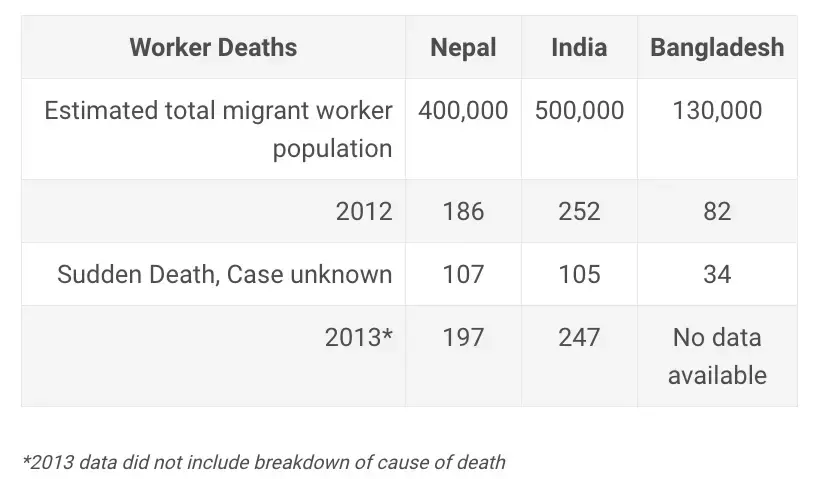
The incidence of cardiac arrest is reported to be highest among the Nepalese. In 2012, 107 Nepalese reportedly died of cardiac arrest followed by 105 Indians, 37 Filipinos, 34 Bangladeshis, and 21 Sri Lankans.
“The idea of a young man coming home in a box is just needless,” said HRW’s McGeehan.
However, it is difficult to draw conclusions from these deaths because the Qatari government does not report on migrant worker death or make reports about them publicly available. Even determining cause of death is difficult because Sharia law prohibits autopsies and post-mortem examinations unless the death was caused by criminal act or if the deceased suffered from illness.
Diplomatic squabbles
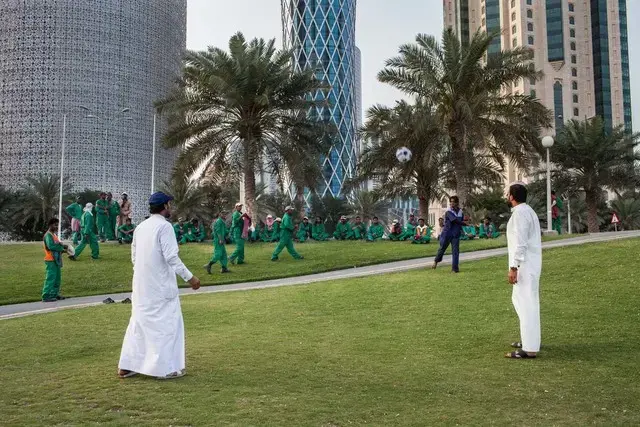
Seven years after winning the pitch to host the 2022 FIFA games, Qatar has made little progress in improving labor conditions. Migrant workers and rights groups fear worsening conditions in the face of economic challenges like falling oil prices and the recent blockade led by its neighbor, Saudi Arabia, backed by other countries.
Qatar claims it is “business as usual,” but Migrant-Rights.org does not think so.
Based on interviews with workers, Migrant-Rights.org reported that workers ranging from the low-skilled to the high-profile expat are being asked to go “on extended unpaid leave.” Construction workers have been given two to 4 weeks to find alternative jobs or leave the country.
The reported 10% to 15% increase in food prices will hurt migrant workers the most.
“While this is a pinch hardly felt by the wealthy Qatari citizens and well-placed expatriates, it is taking a toll on lower-income expatriates,” says the Migrant-Rights.org report.
The potential delay in the delivery of construction materials is likely to add more strain in the coming months.
Labor rights groups also said that as much as the 2022 FIFA World Cup has put Qatar under a harsh spotlight, the country could turn this into a shining moment and stand apart from its neighbors by improving working conditions for its labor migrants.
Shaul Gabbay, a Qatar expert and professor at the University of Denver, weighed in on how the benefits of being the first Arab country to host the FIFA World Cup could offset its hefty price tag. “The most important value in Arab culture and tradition is honor, which brings respect and the fear of possible adversaries. This is even more important in a time of turmoil and instability in the Middle East, where the basic legitimacy of old, traditional regimes are publicly and visibly shaking.”
“There has been little substantial change as far as legislative reform for workers is concerned. Qatar claimed that the 2022 World Cup would be a ‘catalyst for change,’ but we have now passed the half-way mark and Qatar is yet to deliver on this promise and prove that it can be a leader in labor rights in the region,” said Goa.

Education Resource
Meet the Journalist: Ana P. Santos
"A Woman's Crime and Punishment" is a multi-media report series that looks at how zina laws that...











